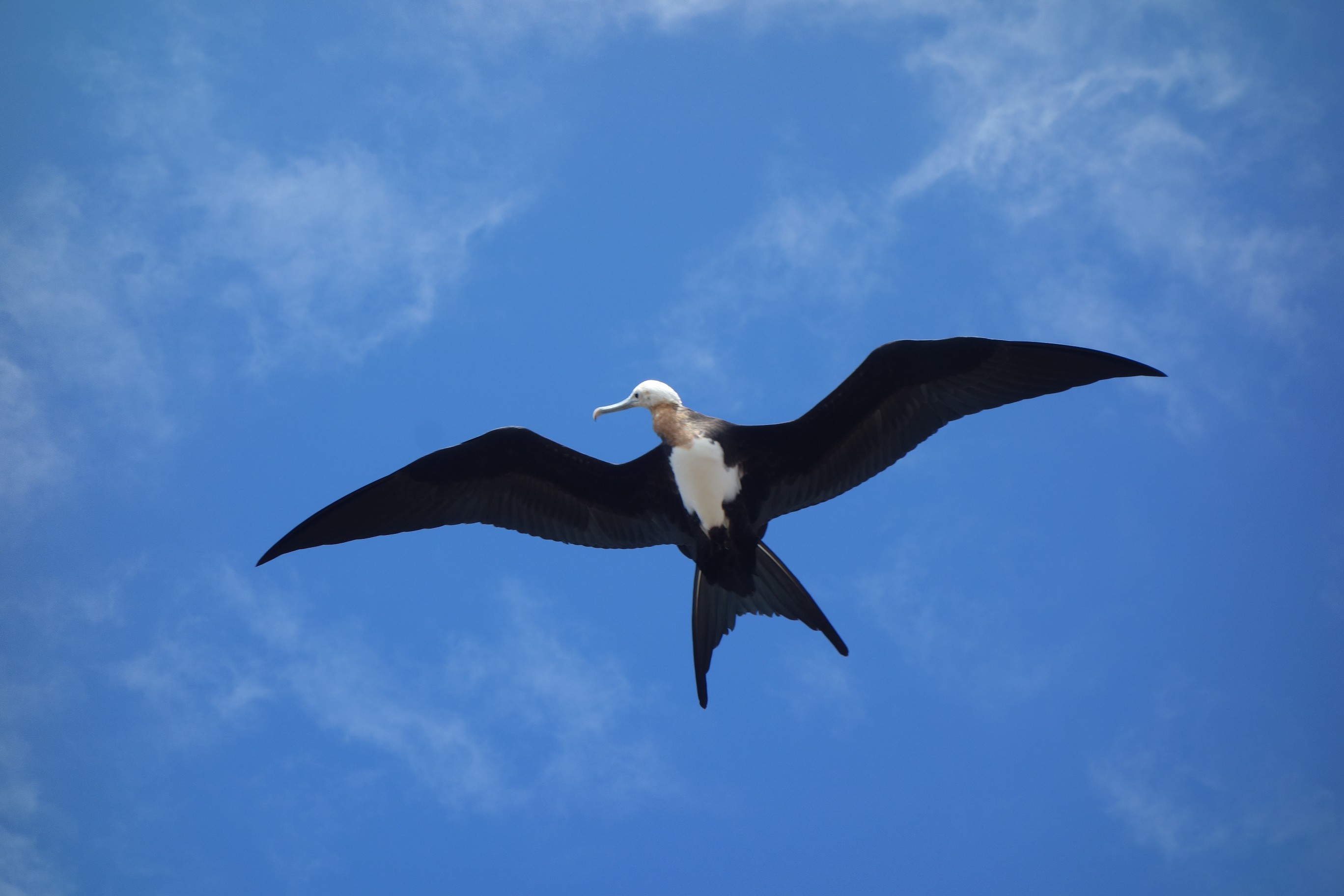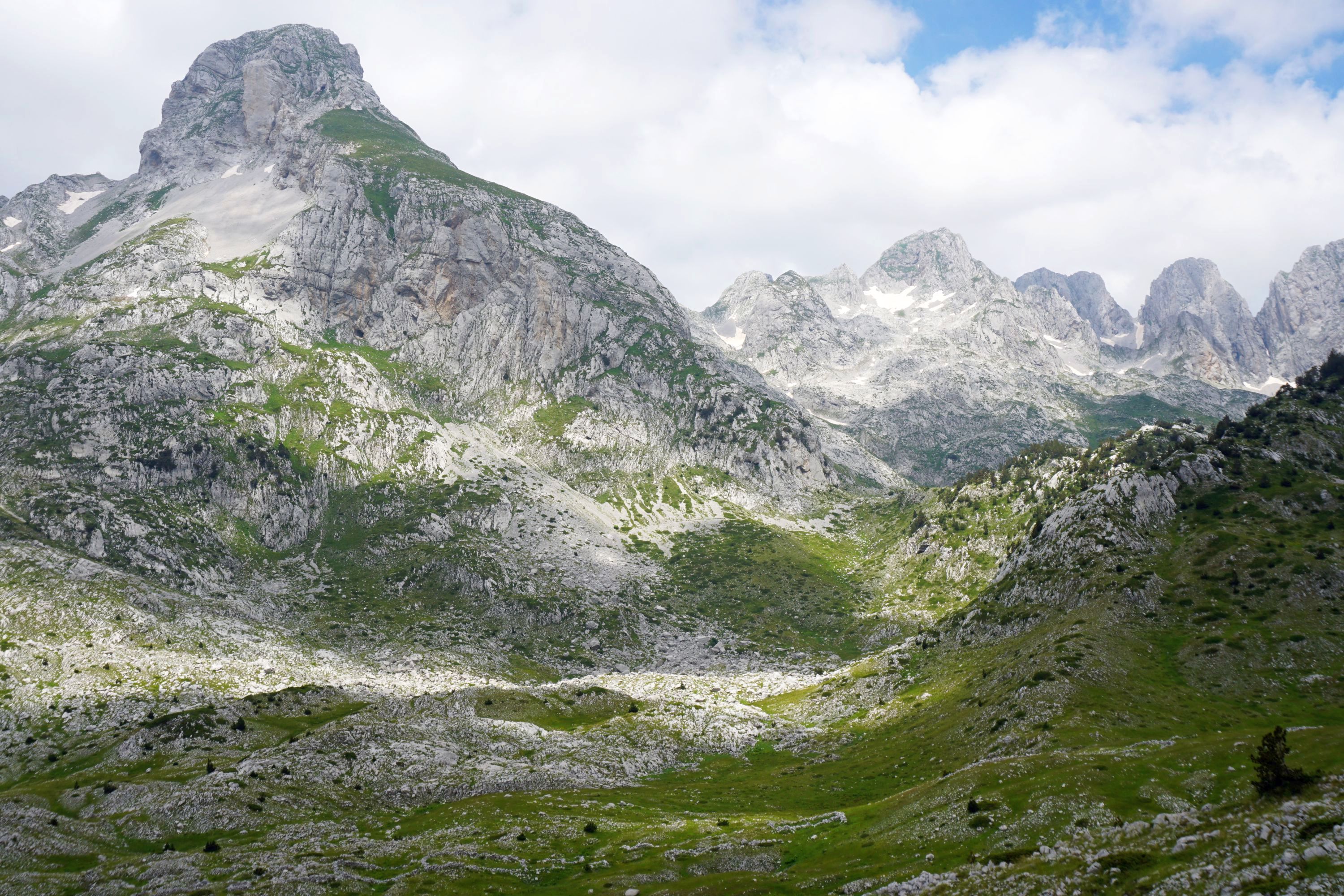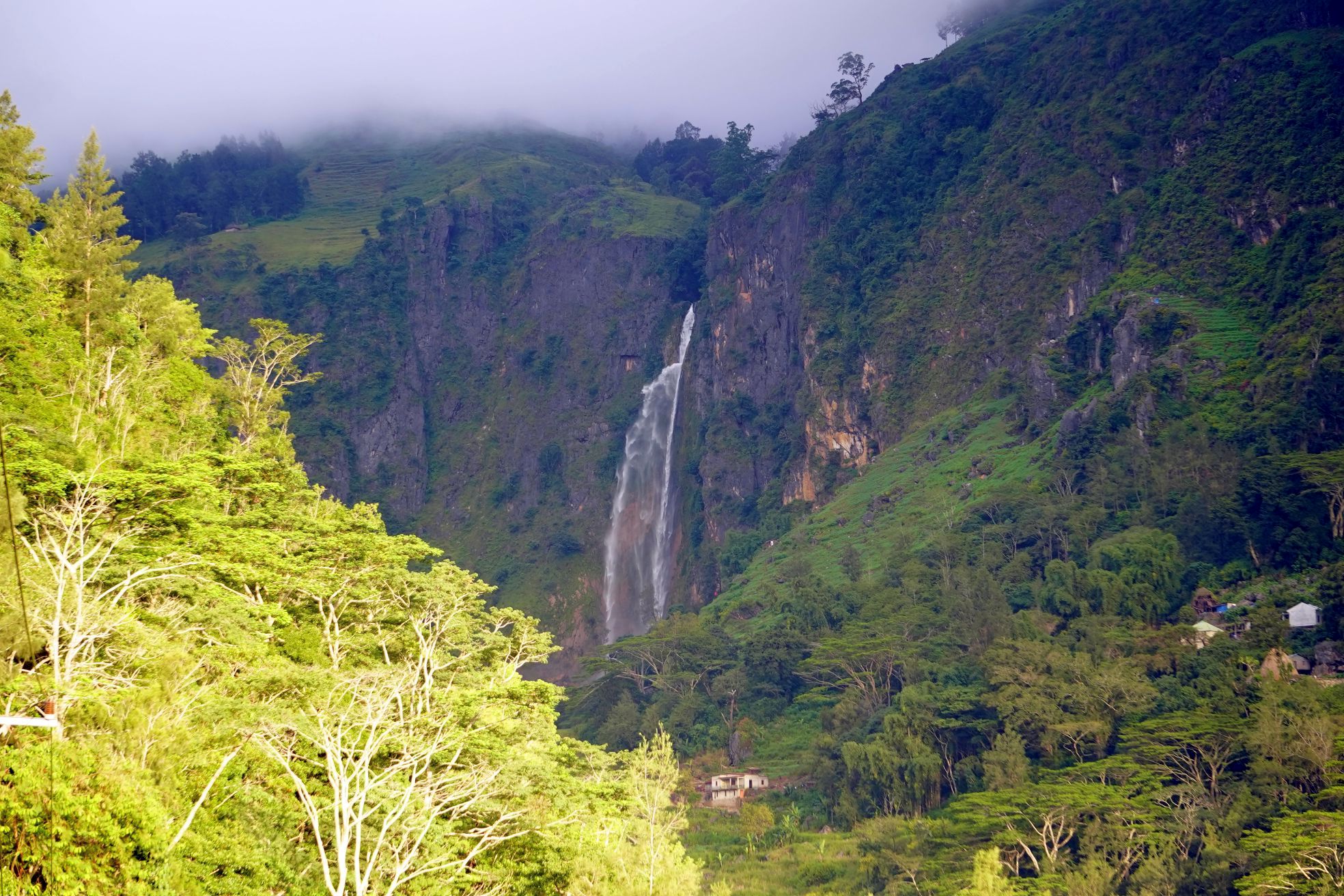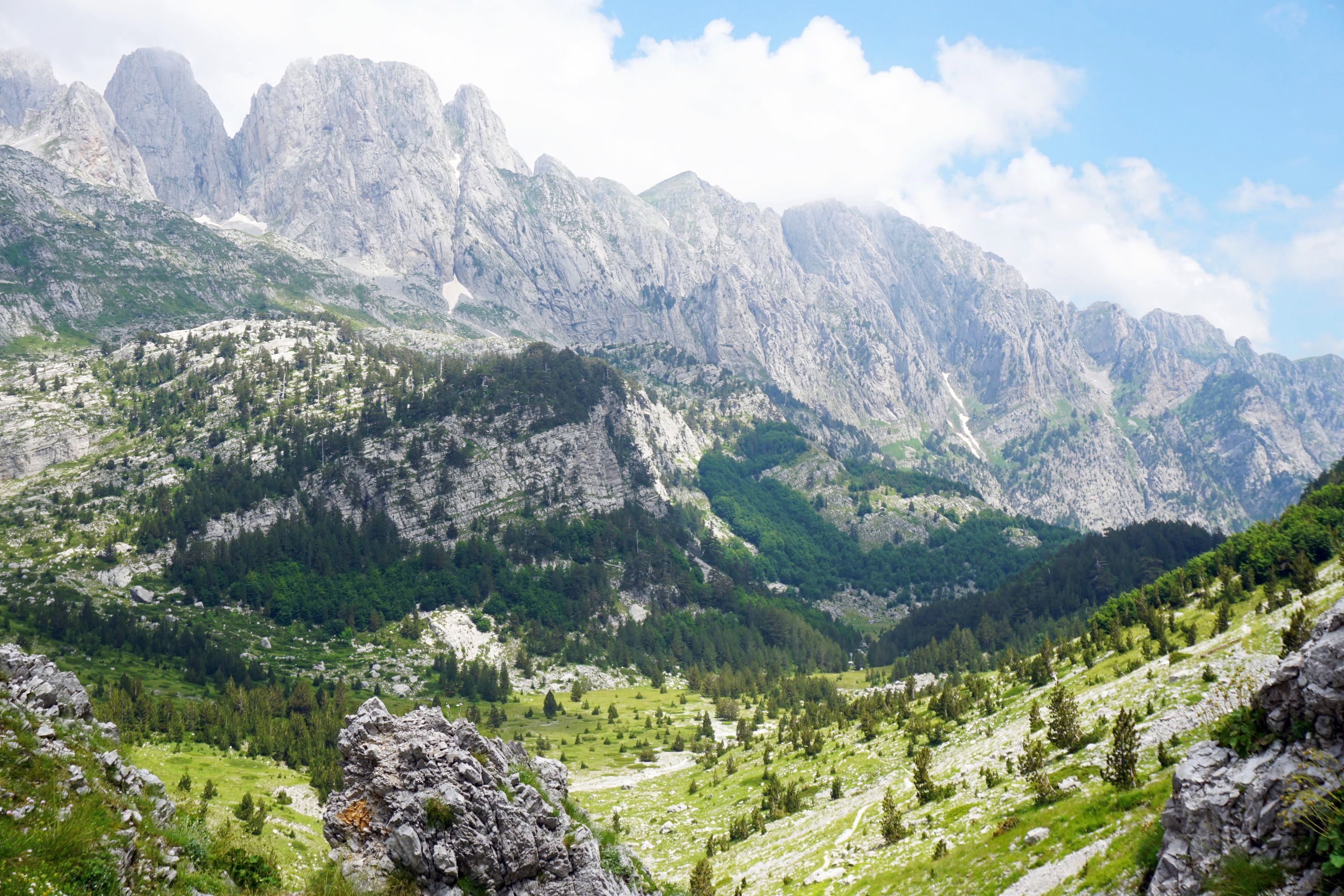A unique place, filled with unique ecosystems, that attempts a rare balance between nature and humans, the Galápagos Islands are home to a huge variety of wildlife, which can be seen on various tours, or even in the middle of town. The main attraction is being able to get so close to them, within a couple of metres, without them scaring due to sensible management and rules. This is demonstrated by these photos, taken with only a 3.5x zoom camera.
I based myself on Santa Cruz Island, in Puerto Ayora, the main town in the Galápagos, glad to be on solid (if not necessarily dry) land rather than on a boat, the more common approach to exploring the Galápagos Islands. Proved to be a mixed blessing. It was great to sleep on land and not be confided to a boat for a week, but it involved long day trips (up to twelve hours, of which more than nine hours were spent travelling by bus and boat) to get out to just the closest islands to Santa Cruz. Really I only had a taster of the full Galapagos experience, but wasn’t sea sick and had space and flexibility.

Travelling from Ushuaia, at the end of the world, to the Galapagos, on the equator, via Quito, within 36 hours, was somewhat surreal. It became even more so when the heaviest rain in nearly twenty years fell as we drove from the airport on Baltra Island to Puerto Ayora. Torrents of water cascaded through the highlands, with rivers cutting across the main / only road, nearly reaching the car door handles at one point, and providing a challenge for a couple of keen cyclists! It was the heaviest rainfall since 1998 apparently, the El Niño effect.
Santiago Island
The third largest island, but we didn’t see much of it other than a small but attractive beach surrounded by relatively recent lava flows. It was a great place to see wildlife though, snorkelling above huge schools of fish, seals casually swimming in the water feet away from the beach, and seeing the world’s only warm climate penguins, which were tiny!
Bartolome Island
Formed of volcanic ash, with it’s submerged crater visible just below the water, Bartolome provided a great vantage point over the islands of the Galapagos. On the way back to Santa Cruz we passed a pod of dolphins and disturbed a sea lion relaxing on it’s back in the middle of the ocean. To visit these two islands was a long twelve hour day though, at least nine hours of which were spent travelling by bus and boat.
Santa Cruz Island
Puerto Ayora was a pleasant base to return to each day, tidy, clean and safe, though it felt a familiar combination of places I’ve visited in South East Asia and the Mediterranean, other than the abundance of wildlife in an urban environment (pelicans, sea lions, iguanas and small sharks), and the recently built dedicated cycle lanes.



 There’s just enough to fill a day in and around Puerto Ayora. There’s something happening at the Fish Markets most times of the day, the latest catch of lobsters, pelicans gathering around, or the very popular grill in the evenings.
There’s just enough to fill a day in and around Puerto Ayora. There’s something happening at the Fish Markets most times of the day, the latest catch of lobsters, pelicans gathering around, or the very popular grill in the evenings.
Laguna de las Ninfas ironically was about the only place I visited which didn’t have any animals, but allowed for a peaceful stroll around the boardwalk.
Tortuga Bay is home to the best beach nearby, a beautiful stretch of white sand, home to iguanas and small red crabs that disappear into holes in the sand before you can get close enough to take a photo. The waves and currents are very strong though so its not recommended to go into the water, head on to the end of the bay to a more settled place to swim. Tortuga Bay is a 2.5km walk from town though with no shade, food or water so go prepared. Even at 9am I was melting from the heat and humidity, much worse than I found even in Singapore or northern Australian.
A random highlight for me was the Galapagos Renewal Energy Centre, just before the entrance to the track to Tortuga Bay, which looked completely out of place surrounded by vibrant green bush.
Las Grietas is a canyon offering refreshing cool water and snorkelling opportunities, reached by an 80c water taxi from pier 4, and a 650m walk past Punta Estrada beach. I was more interested though in the views back toward town, demonstrating how small a place it is, and the giant cacti.



 The Charles Darwin Research Station is at the end of town, past the flower laden cemetery, and Playa de la Estacio beach. It’s a great place to see giant turquoises and striking yellow iguanas, and learn about conservation efforts on the islands,
The Charles Darwin Research Station is at the end of town, past the flower laden cemetery, and Playa de la Estacio beach. It’s a great place to see giant turquoises and striking yellow iguanas, and learn about conservation efforts on the islands,
I decided not to hire a bike and cycle out to the east coast, a four hour return trip, given that the cycle paths after the storm looked like this.
Also though I travelled through the highlands (which are only a few hundred metres above sea level) six times to and from the airport and boats, I didn’t get the chance to see Los Gemelos, a couple of collapsed lava chambers, or giant turquoises in the wild. Neither were must sees for me, and it appeared to be raining constantly over the highlands.
North Seymour Island
Thankfully much closer to Santa Cruz than Bartolome so a shorter trip out to a flat island home to frigate birds, giant iguanas, crabs, lizards and a few sea lions. We followed a marked track around part of the island getting incredibly close to them.
Bachas Beach
On the north eastern part of Santa Cruz Island this was a snorkelling stop on the way back from North Seymour. It looked idyllic but the waters were too cloudy from the waves to be able to see much. Even the stingrays which I could see fine from a few feet away above the water were invisible from under the water. Three iguanas and lots of crabs on a rock, perfectly posed for photos, made up it though.
Learnings
To be honest I was underwhelmed by the Galápagos Islands, though as someone who isn’t too fussed by seeing animals I did see the irony in me visiting them. In terms of enjoying scenery living in New Zealand has ruined my appetite, something I will write about in future, but the vast majority of places I visit just remind me of New Zealand. For example Bartolome Island would have been amazing if I hadn’t already spent days walking through Tongariro National Park in a very similar volcanic environment, and there are plenty of beautiful, empty beaches, though without iguanas.
People come here for the wildlife, which as mentioned is amazing to be able to get so close to, and for that the Galapagos is far better in my opinion than doing a safari (though I haven’t done one). I think being on a boat exploring the islands and / or doing some diving would have been a completely different experience, particularly if you’re an animal lover. I’m not so I think I had a sufficient taster and certainly a memorable experience.


















































Leave a Reply